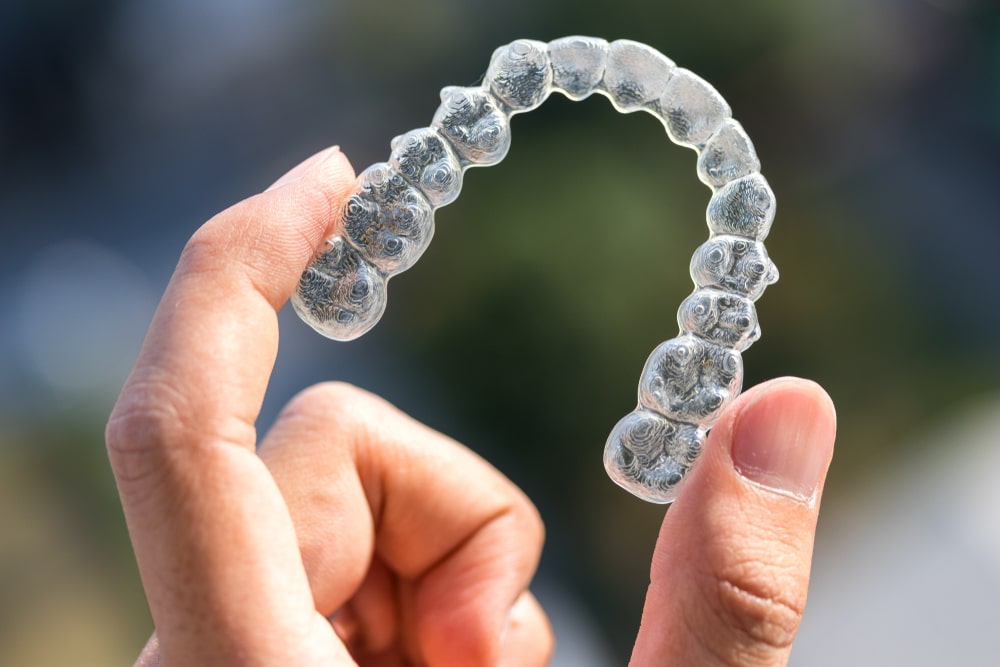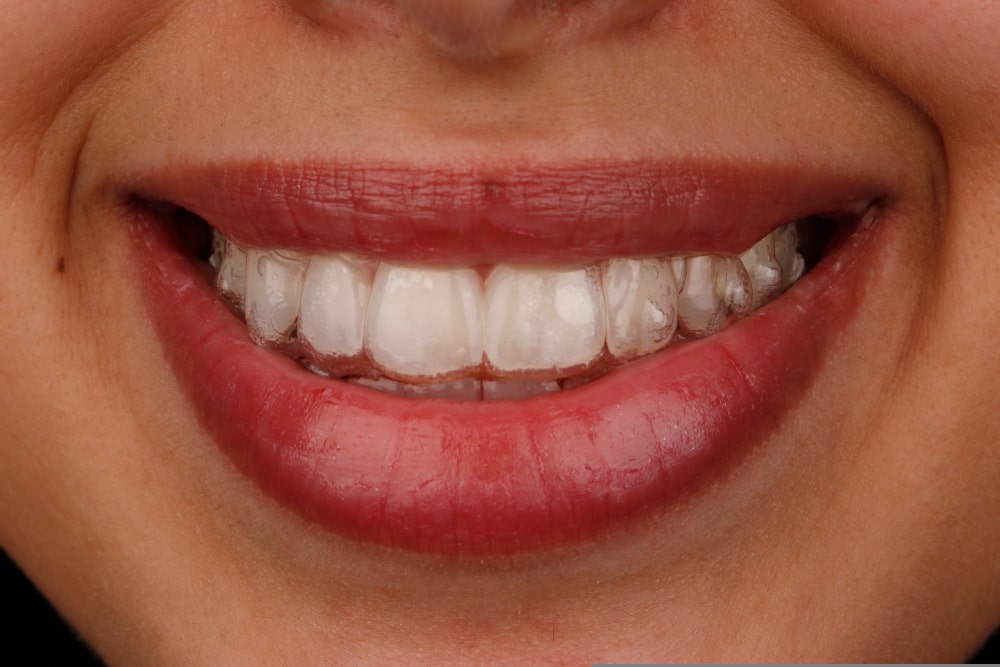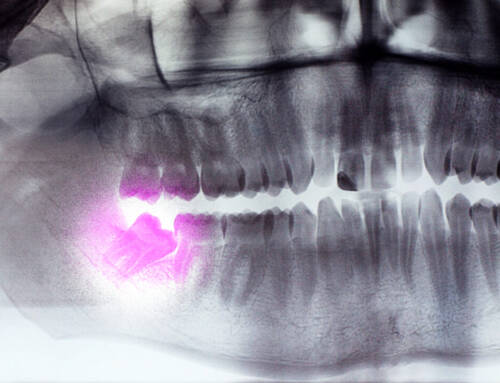Invisalign are clear aligners designed to correct misaligned teeth. What makes this treatment option popular amongst teens and adults is that the aligners are virtually invisible and are removable for easy cleaning.
This treatment is an innovative and relatively new tooth straightening process that is an alternative to traditional metal braces. Keep reading to learn more about how Invisalign braces work and what they can do for you.

All in one guide to Invisalign
How does Invisalign work?
Invisalign is made with a patented thermoplastic material called SmartTrack. Each aligner is created using a computer-generated mold to fit snugly over your teeth. The treatment begins with an Invisalign dentist who has received the training to draft a unique, digital plan that maps out the movement of your teeth.
Your Invisalign aligners are then molded to fit your teeth and apply the right amount of force based on your plan. This corrects misaligned teeth and, in some cases, can correct bites.
How long does it take for Invisalign to work?
The length of treatment averages between 12 to 18 months; however, it depends on how complex your case is and how often you wear your aligners. As directed by your Invisalign dentist, you’ll typically wear each set of aligners for 20 to 22 hours a day and switch to a new set every 1-2 weeks according to your treatment plan.
Each set of aligners gradually shifts your teeth into place until the desired outcome is reached. As Invisalign dentists, we monitor your progress and ensure that each set of aligners fit correctly.
What are some of the benefits of Invisalign over traditional braces?
Unlike traditional braces, you can remove Invisalign clear aligners to eat, drink, brush, and floss. Without metal brackets or wires, patients don’t need to eliminate certain foods and can clean their teeth as normal.
How can I get started with Invisalign?
Treatment begins with an initial consultation with an Invisalign-trained dentist. During your consultation, your dentist will assess your teeth, perform X-rays as needed, discuss your goals and a possible teeth-straightening plan. They will also talk to you about the cost, length of treatment and have you schedule a routine checkup and cleaning to ensure the health of your teeth and gums to avoid any risks.
While Invisalign is successful at aligning teeth and correcting bites, some cases may require a different method. Consult with your dentist for the right treatment plan that will give you the best outcome.







